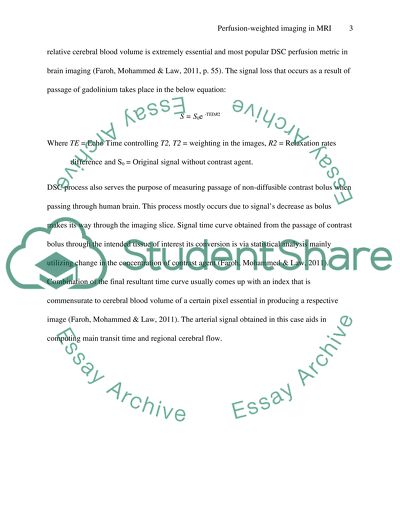Cite this document
(“Perfusion-weighted imaging in MRI Assignment Example | Topics and Well Written Essays - 2250 words”, n.d.)
Perfusion-weighted imaging in MRI Assignment Example | Topics and Well Written Essays - 2250 words. Retrieved from https://studentshare.org/health-sciences-medicine/1486216-perfusion-weighted-imaging-in-mri
Perfusion-weighted imaging in MRI Assignment Example | Topics and Well Written Essays - 2250 words. Retrieved from https://studentshare.org/health-sciences-medicine/1486216-perfusion-weighted-imaging-in-mri
(Perfusion-Weighted Imaging in MRI Assignment Example | Topics and Well Written Essays - 2250 Words)
Perfusion-Weighted Imaging in MRI Assignment Example | Topics and Well Written Essays - 2250 Words. https://studentshare.org/health-sciences-medicine/1486216-perfusion-weighted-imaging-in-mri.
Perfusion-Weighted Imaging in MRI Assignment Example | Topics and Well Written Essays - 2250 Words. https://studentshare.org/health-sciences-medicine/1486216-perfusion-weighted-imaging-in-mri.
“Perfusion-Weighted Imaging in MRI Assignment Example | Topics and Well Written Essays - 2250 Words”, n.d. https://studentshare.org/health-sciences-medicine/1486216-perfusion-weighted-imaging-in-mri.


